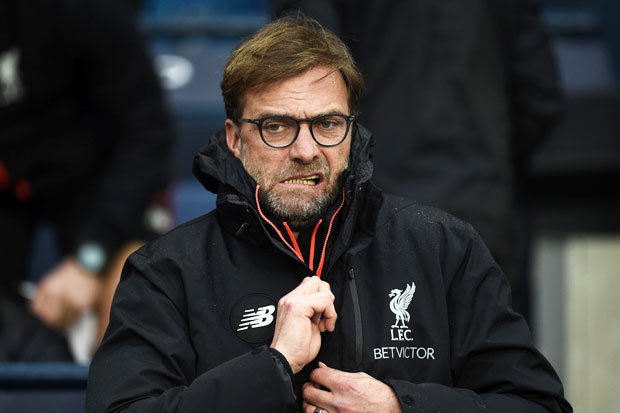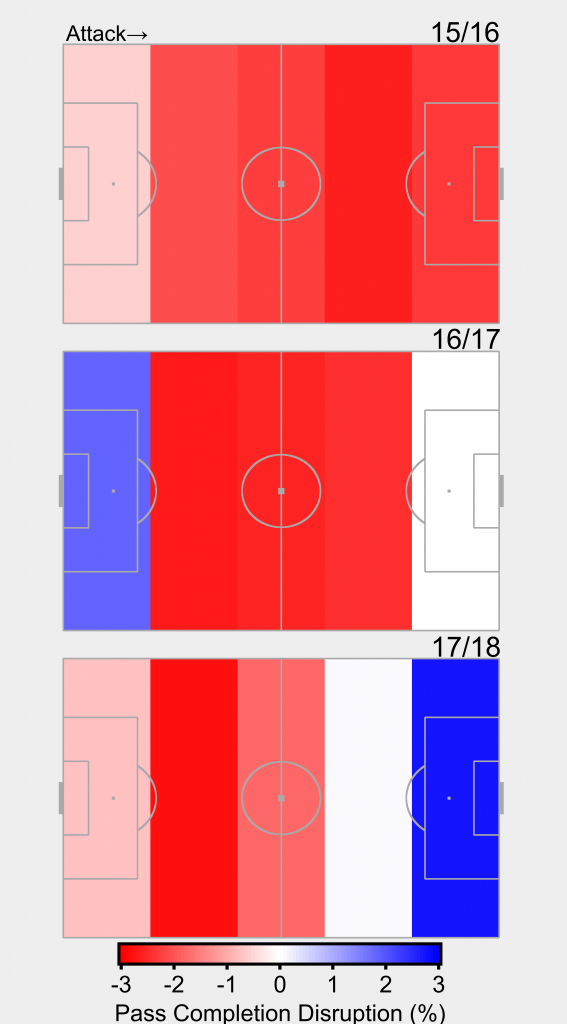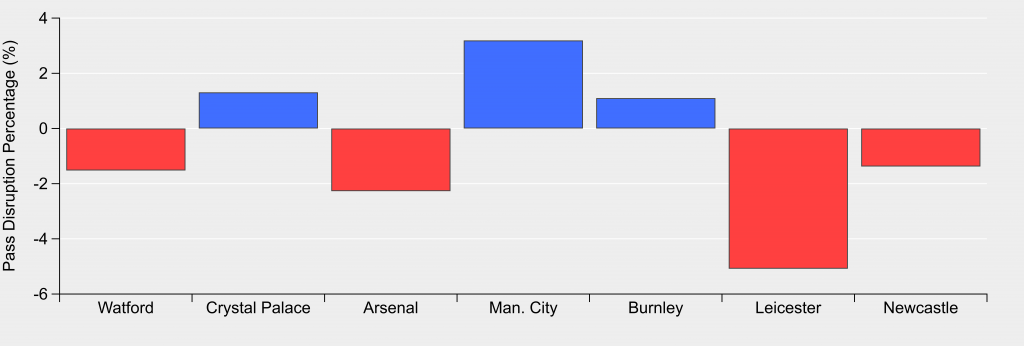We're a couple of months into the Premier League season now and, as ever, it's a real whirlwind of events. Managers are falling everywhere you look and it feels like a team is getting crushed 5-0 seemingly every other week. Now's a good time to slow down a little, take a few minutes to collect ourselves. Interesting details are cropping up throughout the league table and the statistical minute is starting to pile up, so lets have a dig through it all shall we? This wont be an all-encompassing roundup, just a few bits and bobs from the teams that stick out.
For the purposes of this article we'll be using these zones, similar to those that the venerable Dustin Ward has used in his work on this site. They represent the team in possession attacking from left to right. It may be helpful to open the image up in a separate tab or window as they'll be referred back to throughout.

Huddersfield
David Wagner's boys are one of the more intriguing sides to come up from the Championship. Obviously the German's history at Dortmund and friendship with Jürgen Klopp leads to 'heavy metal football' stylistic comparisons from all quarters. Put those to one side and there are some unexpected wrinkles to how his Huddersfield team functions.
Through nine matches they're sitting much higher up the defensive numbers than many will have seen coming. Their tally of 10.7 shots conceded per game is 5th best in the league, with a similarly impressive ranking of 8th best on non-penalty expected goals conceded. What's really surprising though is the areas in which they're most disruptive. The press that many associate with Wagner is evident high up the pitch where they're preying on sideways and backwards passes around the opposition’s box.
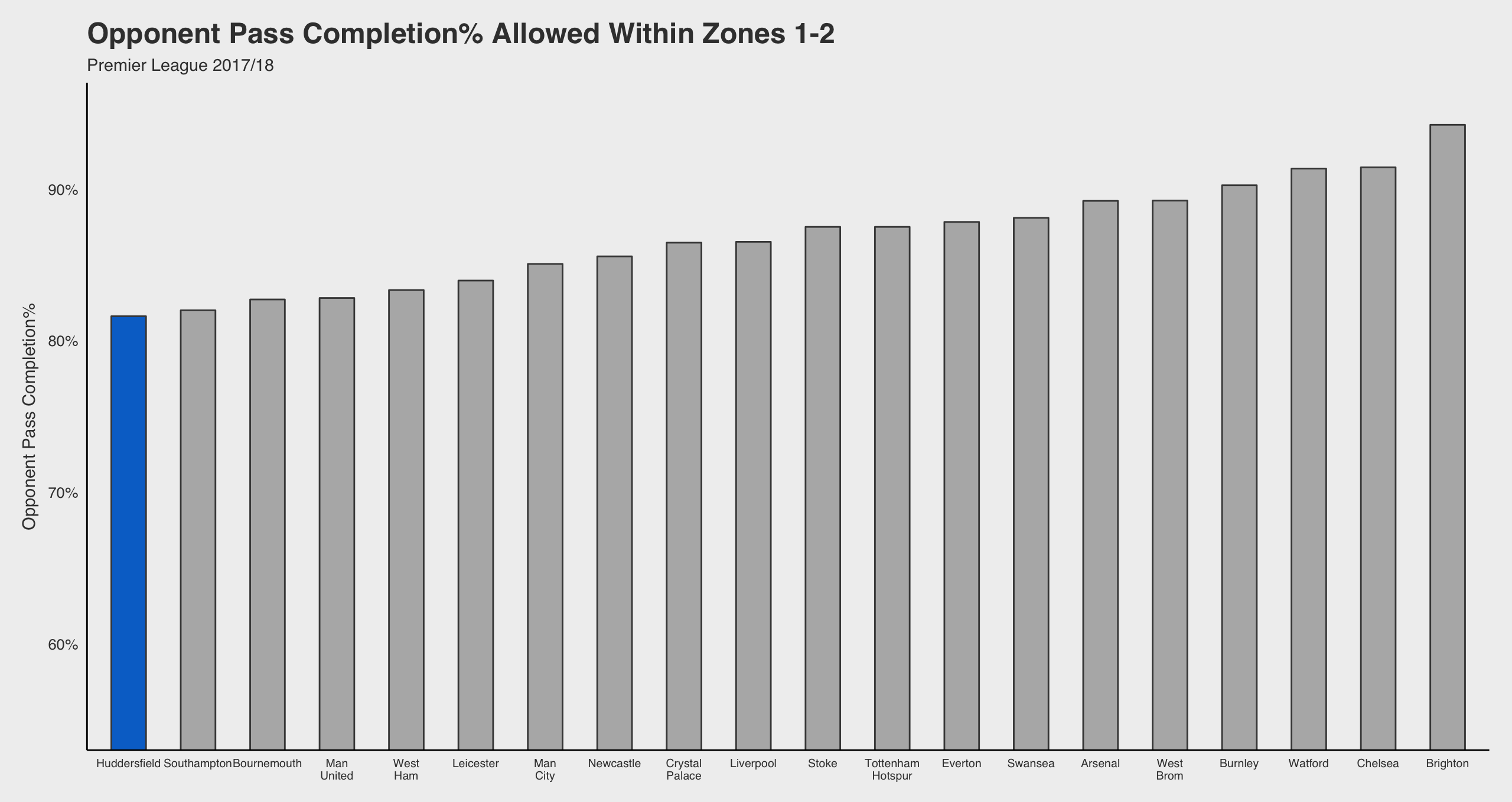
As the ball enters into midfield the press is apparent on passes starting in zones 4-5 but less so elsewhere. They don’t force the kinds of long balls from the opposition half that the traditional pressing teams do (allowing a little over 40% on those, one of the higher percentages in the league alongside deep block teams like Brighton and West Brom). Nor do they disrupt especially heavily in midfield zones. There are areas where they are on the lower end of percentage allowed (such as within zone 3 or 4) but not quite to the level their reputation suggests. Maybe Wagner has scaled it back a little bit with the step up in competition. Or this could just be early sample size fuzziness messing with things. Food for thought anyway.

One sure fire sign of the press is them being easy to play through in midfield areas. On passes starting in zones 3-4 and ending in central positions in Huddersfield’s half, they allow the most in the league. An indication that perhaps it can be relatively simple to transition against them or that the press can be broken.
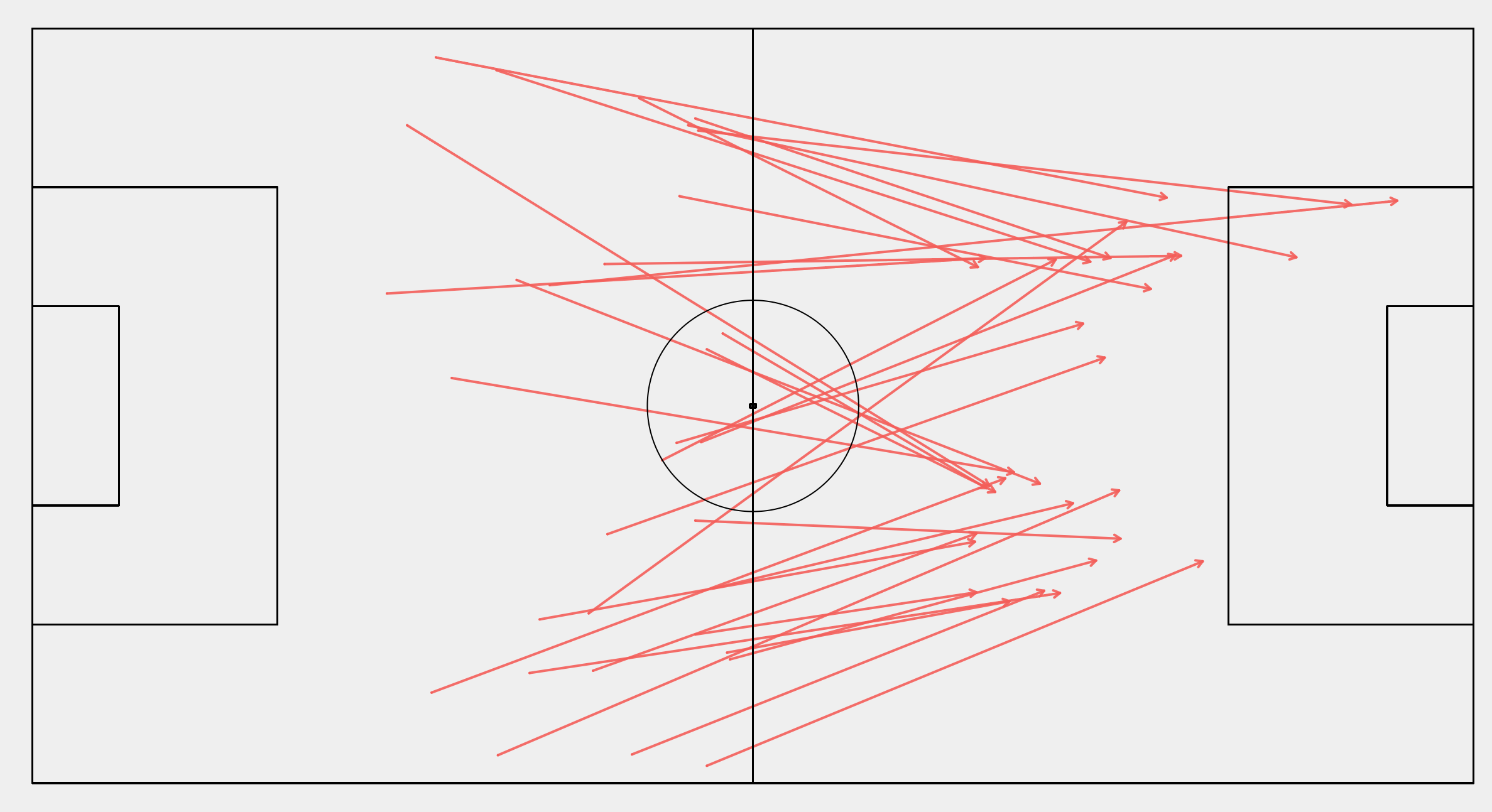
The unexpected skill in Huddersfield’s repertoire is how stifling they are in a set defence closer towards their own goal. At this stage they're looking positively Mourinho-esque with how well they're keeping opponents out of the most important areas. Whether this can be sustained for an entire season remains to be seen but regardless it's clear they're one of the most well organised units around.

On the information we have so far it’s evident that Huddersfield have a relative versatility and solidity in the defensive phase of the game that would be good enough to stave off relegation in most instances. It’s on the other side of the ball where things get dicey.
They have thus far struggled massively with their attacking performances. They’re currently averaging 9.3 shots per game (the 4th lowest shots per game in the PL) with 48% of those coming outside the box (the 2nd highest such percentage). This is leading to them putting up the joint worst non-penalty expected goals per game numbers in the league. What’s the issue? Well, to quote the effervescent Paul Riley: They pass the ball around the back like an elite team. They pass the ball out from the back like a relegation team.
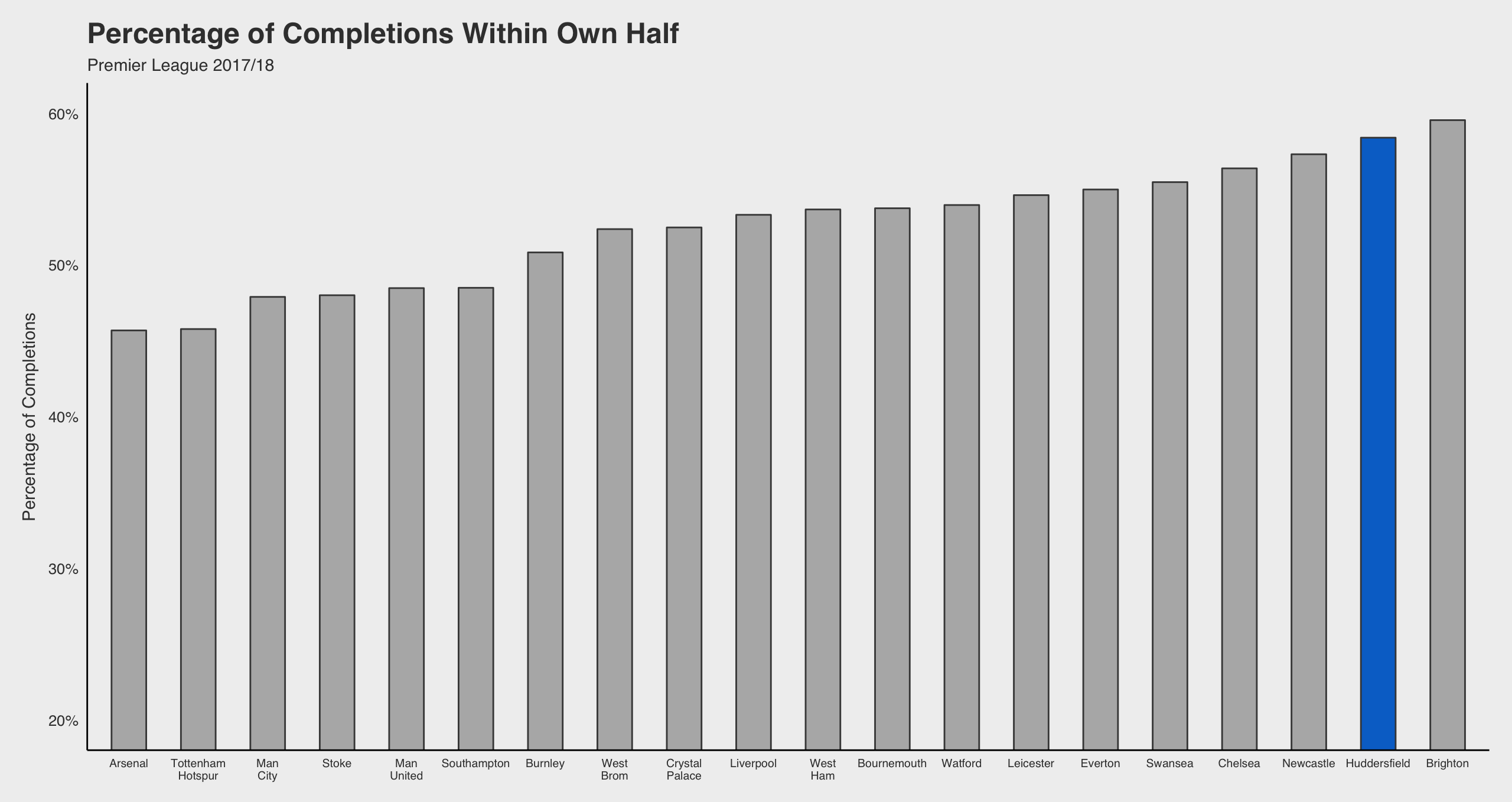
Going through zone by zone Huddersfield are always at or near the top in terms of completions that stay within the zone or go backwards, and are on the other end in terms of progressing forwards. Their best route is the longer option as goalkeeper Jonas Lössl actually ranks 3rd in the league for completions from zones 1-2 into the opposition half. When that doesn't work though the responsibility usually falls to Australian midfielder Aaron Mooy, who is responsible for the largest proportion of his team’s completions. He plays a lot of backwards passes but is also their best hope for progressing the ball. Mooy has the most completions forward from zone 4 to zones 5 & 6 on the team, 11 more than the next closest player, as well as the most completions from zone 5 to 6.
When they are actually able to get the ball in dangerous positions things break down even further. They’ve the fewest completions into the opposition box of any team in the league. Mooy again leads the team in this regard and seems like their best shot at generating opportunities but even he is having a tough go of it.
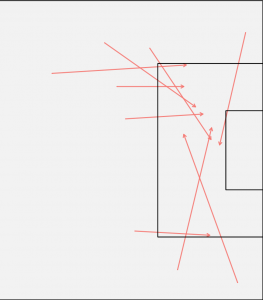
Chelsea
Last season's champions are off to a bit of a precarious start. After losing a total of 5 games in all of 2016/17 they've lost 3 of their first 9 already, including a fairly important one at home to Man City. Even in their wins - such as the 4-2 against Watford on Saturday - there are signs of issues.
Defensive stubbornness was the bedrock of their title success but after averaging 8.5 shots per game conceded last season that's gone up to 12.7 per game this season. The change can likely be traced to a couple key areas of pass disruption that were previously their bread and butter. Overall it's become much easier to get the ball into dangerous areas against Chelsea than it was previously.
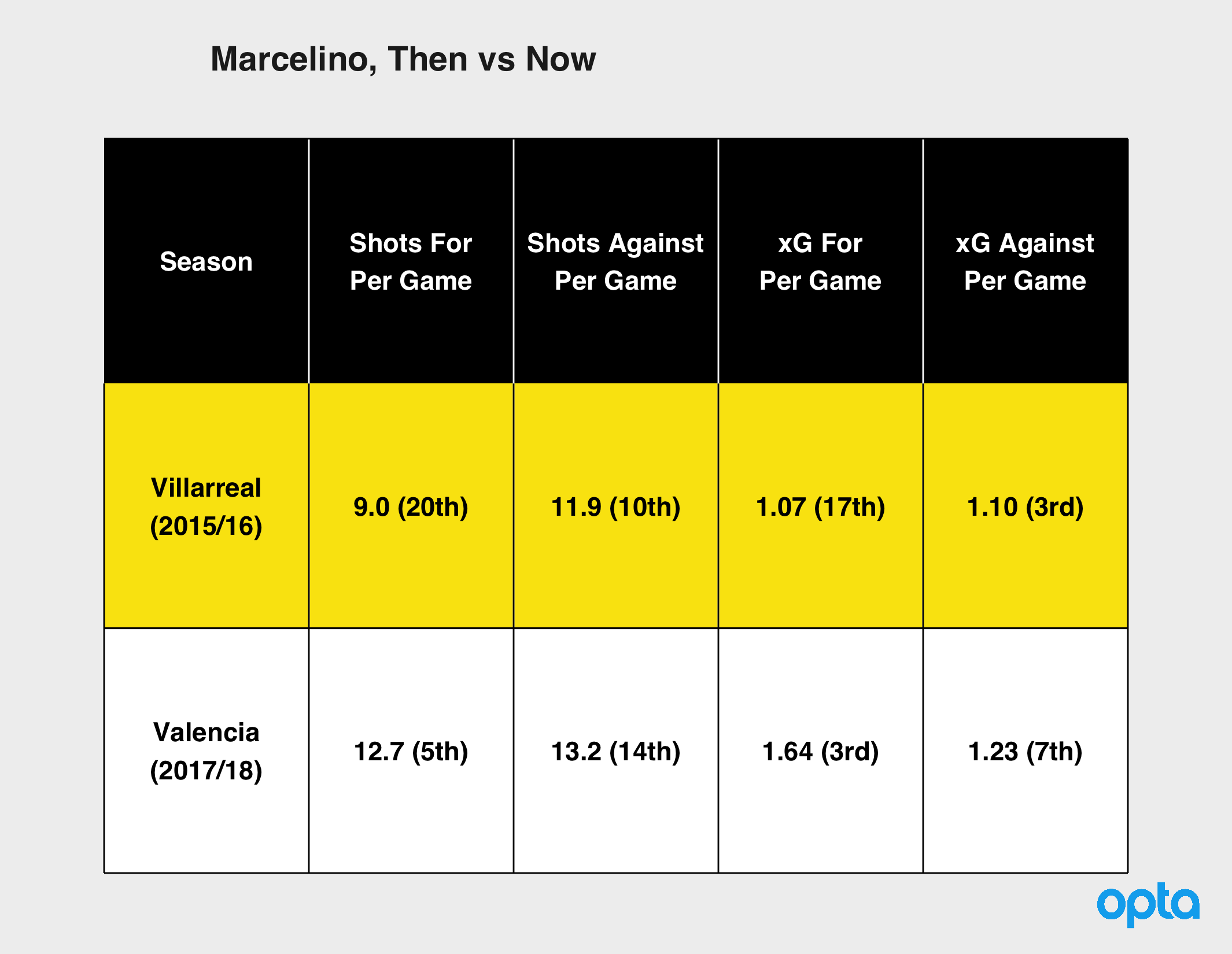
The number of completions they're allowing into their own box is also up (by an increase of around 4 per game, the 2nd highest increase in the league) and the same is true in zone 8. Chelsea's calling card last season was being steadfast in not allowing the opposition into the most high value areas. Now the underbelly is a bit softer than before. If you look at matches this season where teams allowed the most completions into Zone 8 Chelsea have several of the top 20 or so, alongside sides like Swansea and Crystal Palace. Against Watford last weekend they allowed 10, the joint 6th most any team has allowed this season. This iteration of Watford are a solid midtable side but at home that just isn't good enough.
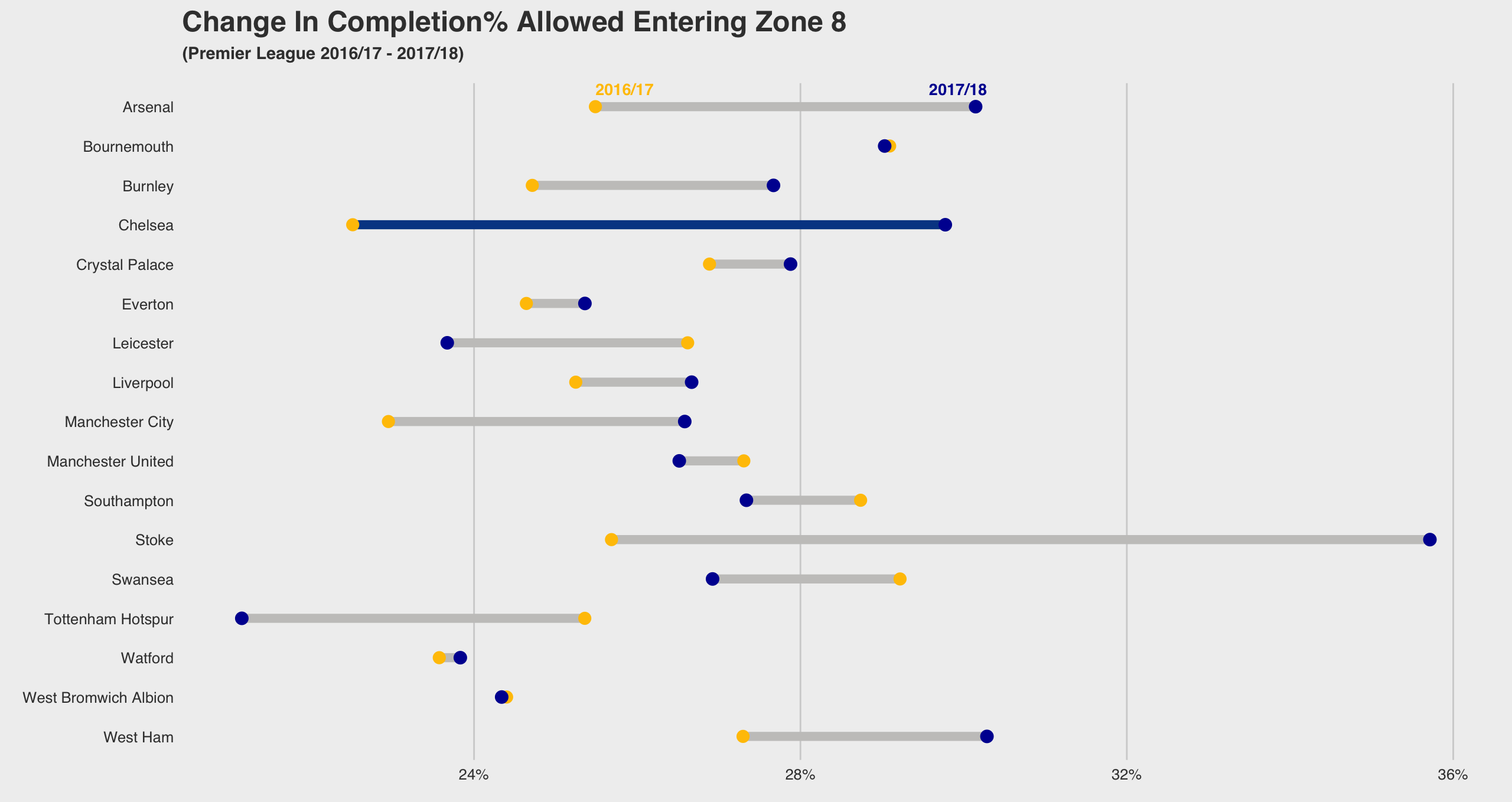
On the attacking side things are also looking iffy. As you may have noticed in one of the charts above they're spending a whole lot of buildup time within their own half. When they do get out they're only midtable on completions into the opposition box (they were 4th last season). Their shots per game tally is down from 15.3 to 12.8 with a much higher percentage of them coming from outside the box (49%, the highest in the league!). Combine that with them not speeding ahead in the set piece goals standings - another key edge for them last season - and things are starting to look a little worrisome. This is a squad of very technically gifted players who've shown they can outperform attacking metrics in the past so it might all be work out anyway if they hit one of their customary hot streaks. If they don't it could be a real struggle.
Man City
Guardiola's blue machine has been so good so far this season that there's genuinely too much to praise. Rather than bombard you with more charts or passmaps or whathaveyou here are just some metrics and where they rank in them. They tell you all you need to know:
Shots (for) per game - 1st
Shots conceded per game - 1st (i.e they concede the fewest)
Non-penalty Expected Goals (for) per game - 1st (0.65 more than the next closest team. There are a couple teams that don't even average 0.65 per game.)
Non-penalty Expected Goals conceded per game - 1st
Passes completed into the opposition box - 1st (Kevin De Bruyne and David Silva are no.1 and 2 respectively on the equivalent players list)
Passes allowed into their own box - 1st (i.e they allow the fewest)
You get the picture. They're doing OK.
A Quick Bit On Coaching Style
Leicester sacked interim-turned-full time manager Craig Shakespeare last week and announced his replacement yesterday in the form of Claude Puel. Puel himself was sacked by Southampton last year after finishing 8th and reaching the League Cup final. Whether Puel is a good manager or whether they were right to sack Shakespeare is neither here nor there. What's so thought-provoking about this is the fit.
The Leicester sides of recent seasons and Puel's Southampton team are in different worlds, stylistically speaking. The former has been one of the most direct teams in the league and the latter were the polar opposite.
| Long Balls From Their Own Defensive Third |
Proportion of Overall Completions In Midfield
|
|
| Leicester 15/16 | 2nd most in PL | 3rd lowest |
| Leicester 16/17 | 3rd most in PL | 5th lowest |
| Southampton 16/17 | 3rd fewest in PL | 6th highest |
Does this mean the appointment is doomed from the start? No, not at all. Managers and players can change with time. But that's the thing: one of the two parties here will have to change and that will take time. If you've spent the last couple of years coaching or playing in a specific style you build up muscle memory and habits within it. Puel has shown some flexibility in the past, to his credit, but there will likely be growing pains regardless. Anyhoo, here's to good times ahead, hopefully.
__________________
As always if you have any questions you can DM me on twitter @EuanDewar. All the best!

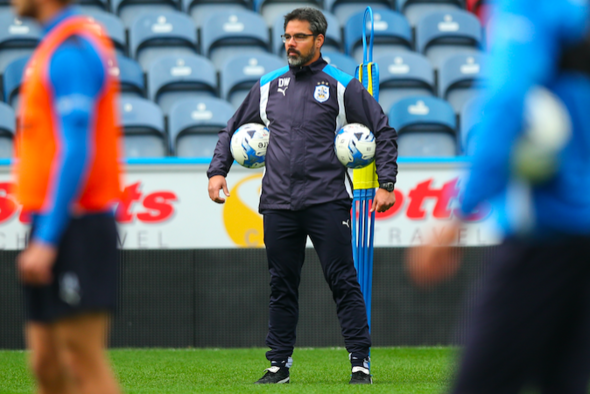
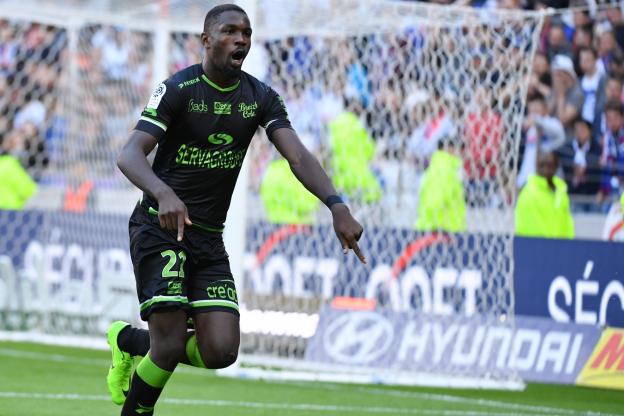
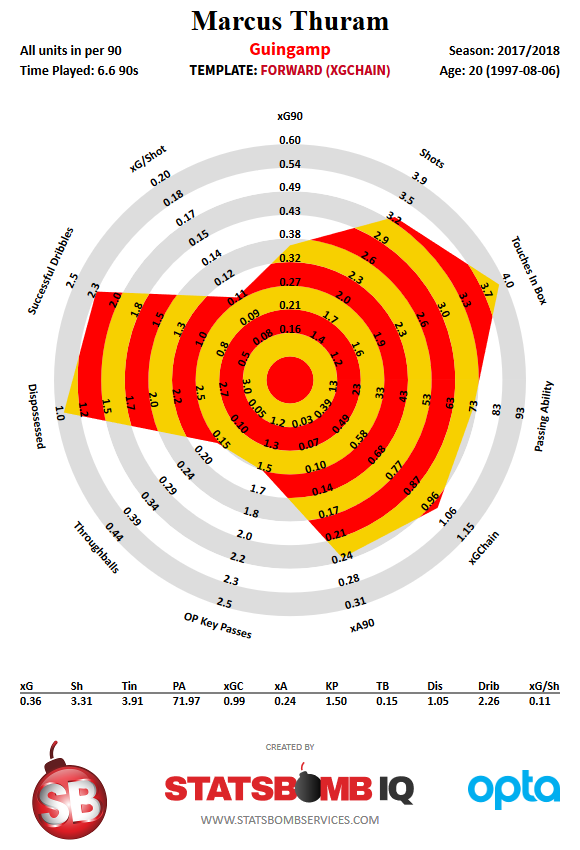 The biggest reason for optimism with Thuram is the versatility in his game, the potential to be something of a unicorn as an attacker. He’s 6’2, strong like an ox, and could be used as a stereotypical target man. You can even see it with his shot distribution, with over 36% of his shots have come via headers. He’s got all the traits needed to be the type of player who you can play long balls to and hope he can box out his opponent so he can lay it off for upcoming teammates. But he’s also got the athleticism and skill set to played out wide when needed. In the
The biggest reason for optimism with Thuram is the versatility in his game, the potential to be something of a unicorn as an attacker. He’s 6’2, strong like an ox, and could be used as a stereotypical target man. You can even see it with his shot distribution, with over 36% of his shots have come via headers. He’s got all the traits needed to be the type of player who you can play long balls to and hope he can box out his opponent so he can lay it off for upcoming teammates. But he’s also got the athleticism and skill set to played out wide when needed. In the 